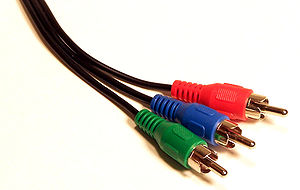Currently, the player supports Netflix Streaming, Amazon Video-On-Demand, and MLB.TV, all subscription or pay-per-view services. The Revision3 functionality will be the first free service for the inexpensive little box that could.
The Revision 3 stable of shows, with their newest as an exception, are all non-fiction shows, geared at various interest groups, and will be offered in HD-quality(or as high as your connection supports).
Updated with links to latest Roku boxes.
[asa_collection]Roku Collection[/asa_collection]
Related articles by Zemanta
- Free Movie Brought To You By Roku (life.firelace.com)
- Roku offers MLB games (ubergizmo.com)
- Roku Video player now streaming live HD baseball games from MLB.TV (engadget.com)



















![Reblog this post [with Zemanta]](http://img.zemanta.com/reblog_c.png?x-id=ec13664e-eb5d-4f28-8abf-eca4afec0b01)

![Reblog this post [with Zemanta]](http://img.zemanta.com/reblog_c.png?x-id=b91992a3-5e0d-4006-a804-e3c6b2d46fc3)


![Reblog this post [with Zemanta]](http://img.zemanta.com/reblog_c.png?x-id=60c6b877-446a-4fb0-ab6b-8e4910c5db54)